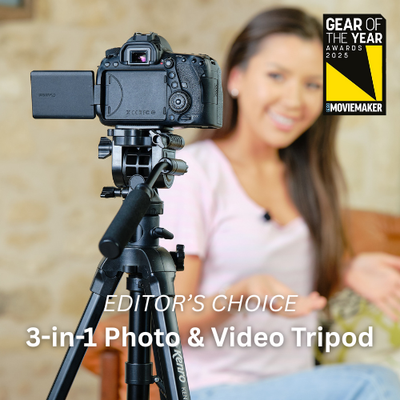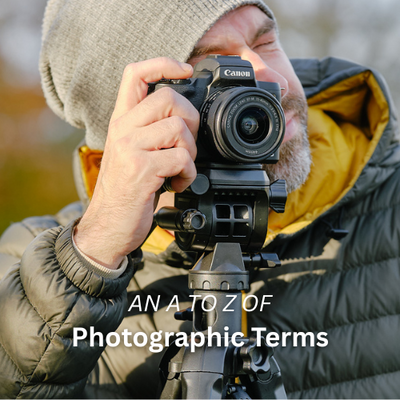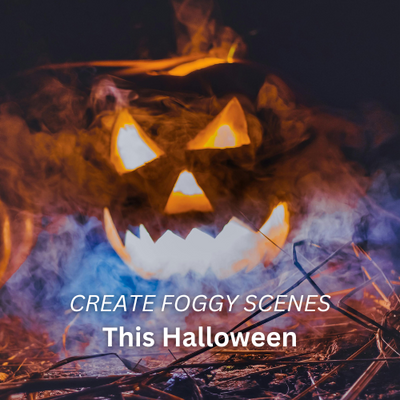Proper lighting is a critical component in photography and videography. Whether you’re shooting on location or in the studio, getting the lighting right can influence the quality and mood of your images and videos. With so many lighting options available, choosing the right equipment can be daunting. That’s why we’re here to break it down and help you make an informed decision tailored to your creative requirements.
In this buyer’s guide, we will explore various lighting types, from ring lights to LED lights, going into the unique benefits of each so you can decide which are best for your shooting scenarios. We discuss features such as colour temperature control, brightness, and portability, so you can select the perfect lighting tools to elevate your photography or filmmaking projects.
What is the best lighting for filming and photography?
Achieving optimal lighting is crucial for presenting yourself and other subjects in the best way on camera. Whether you’re creating content for social media, producing professional photography or making movies, lighting is the key to achieving a quality appearance on camera. There are a few key things to consider when choosing the best lighting for projects or videography, such as the environment it will be used in, its portability and whether it is being used to illuminate close-ups, wide shots or landscapes.
At Kenro, we offer four key types of camera lighting options - studio lights, ring lights, LED panels and flashguns, all of which produce various types of lighting suited to your photography needs. Below we will go into detail about the pros and cons of each so you can make an informed decision on which option is best for you.
Studio lights
Studio lights provide a consistent and controlled light source that is easily adjustable, allowing you precise control over the intensity and direction of the light which can be highly useful for achieving professional-quality visuals. Most modern studio lights, especially LED-based ones, have high Colour Rendering Index (CRI) values, which make them perfect for shooting professional content as they ensure accurate colour representation and can help to enhance the overall image quality. Studio lighting setups are also very versatile as they can be customised with various modifiers like softboxes, umbrellas, and diffusers which can all create different lighting effects.
The potential downside to using studio lights is that they require multiple pieces of equipment and careful positioning to create a typical three-point lighting system, which can be time-consuming. Studio lights can also be quite an investment, however, the long-term benefits of these high-quality lighting solutions can often justify the initial cost.
Ring lights
Ring lights are one of the most popular camera lighting tools in both photography and videography, due to how easy they are to use and set up. Known for their distinctive circular design that encircles a camera lens, ring lights produce an even and soft illumination that minimises shadows, making them perfect for close-up shots, such as social media content creation and portraits. Ring lights are generally more cost-effective than other professional lighting solutions making them great for beginners and they are lightweight enough to easily transport for shooting on-location. Most ring lights have the option to adjust the intensity and colour temperature of the light too, so you can get the desired effect you want.
While ring lights do help to reduce shadows in images they may increase the risk of producing a flat image with minimal depth, which may not be suitable for all styles of photography. It’s important to note that ring lights are most effective for subjects close to the camera, therefore using them for wider shots may result in uneven lighting. Due to the circular nature of the light, this distinctive shape can also cause a clear reflection in the eyes, which may not be desirable for certain photographers.
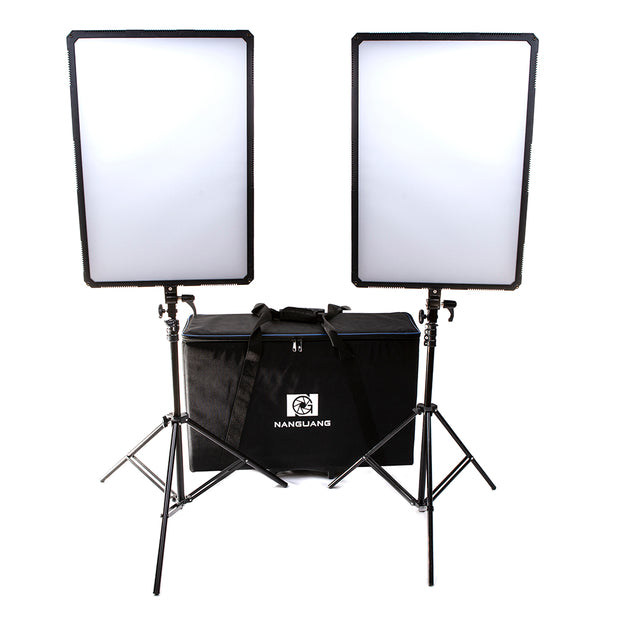
NanGuang 200W LED Studio 2-Light Kit

Kenro Smart Lite 19" RGB Ring Light Kit
LED light panels
LED light panels are a popular choice for photographers due to their versatility and energy efficiency. They consume less power compared to traditional lighting solutions, which makes them more cost-effective and also means they generate minimal heat, making them great for extended shoots. LED panels are compact and lightweight, making them easy to carry around for location shoots and have the option to change colours, giving photographers greater flexibility for making adjustments to fit varying light conditions. Our Kenro Smart Lite range in particular, has many high-quality lighting options that are easy to use for a wide range of shooting purposes.
The downside to LED panels is that they can cast harsh shadows if they do not have the right accessories to diffuse and soften the light. If a low-quality LED panel is used this may cause inconsistencies in colour rendering that may need to be adjusted in the editing process.
Flashguns
Flashguns are a popular choice for photographers on-the-go who want a quick and easy lighting solution when shooting. These external flash units can be attached to any camera to offer enhanced lighting capabilities in dimly lit settings without the need for extra equipment. Flashguns provide significantly more light output than built-in camera flashes, making it easier to illuminate subjects from a distance. They are easily compatible with other accessories like diffusers and softboxes if more light control is required and are perfect for on-the-go due to their portability.
A good quality flashgun can be expensive, especially when you take into consideration which one is best compatible with your camera and what advanced features you need such as through-the-lens metering and high-speed syncing capabilities. Although they are portable, flashguns can add extra weight to your camera setup which may be inconvenient for some. They also rely on batteries for power, requiring you to carry spares for extended shoots.
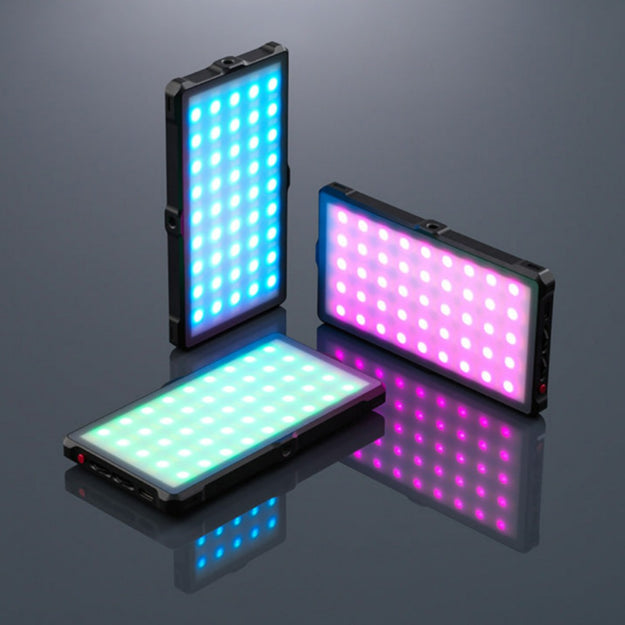
Kenro Smart Lite RGB Compact LED Video Light

What’s the difference between LED and fluorescent camera lights?
When it comes to choosing camera lighting, understanding the differences between LED and fluorescent lights is crucial to achieving the desired results in your projects. Regarding colour, LED lights offer excellent rendering, making them ideal for projects that require colour precision. Some LED lights also offer adjustable temperatures and dimming options, giving you greater versatility in various shooting scenarios. Fluorescent lights, on the other hand, have a lower CRI (colour rendering index), meaning less accurate colour representation in images.
LED lights tend to be more energy-efficient compared to fluorescent lights, converting most of their energy into light and only a small amount into heat. This energy efficiency not only reduces consumption, making them a more environmentally conscious choice, but it also makes them ideal for extended shooting due to minimal heat output. In contrast, a more significant amount of energy is lost as heat from fluorescent lights, making them less efficient for shooting.
Ultimately, both types of lights work for photography and videography, however, LEDs provide superior colour accuracy, have a longer lifespan, and the ability to be easily dimmed without colour shifting, making them a more versatile option for most photography setups. However, high-quality fluorescent lights can be just as useful in certain situations where a higher level of brightness is needed.
What is the best lighting for photography?
There are many factors to take into consideration when choosing the best photography lighting as it will all depend on the location, the creative direction you want the shoot to go in and the type of camera you’re using. By adhering to the advice outlined below, you will be in the best position to select lighting equipment that aligns with your creative objectives and technical requirements, overall enhancing the quality of your photography.
Choose the right lighting equipment
Choosing the right lighting is essential to producing high-quality images, therefore it's important to consider the various options available, as highlighted above, so you can find the best fit for your needs. There are two main types of lighting, continuous and strobe (flash) lighting:
-
Continuous lighting such as studio lights and ring lights are the best for both photography and videography as it allows you to see how the light interacts with your subjects in real-time and offers constant illumination
-
Strobe lighting like flashguns are used for freezing pictures in motion, giving a brief, intense burst of light, allowing you more precise control over exposure in your images
LED lighting panels are one of the most popular lighting choices due to how easy it is to adjust their brightness and colour temperatures. Ring lights are great for those shooting up-close content as they produce a uniform, consistent light that can reduce shadow and brighten up your features.
For more professional setups, when shooting video on location or in-studio photography, lighting softboxes are often used to produce a gentle, diffused light that illuminates the whole scene and eliminates any harsh shadows that could influence the quality. Flashguns are a great choice for capturing quick, on-the-go moments.
Use the three-point lighting setup
This lighting set-up is widely used by photographers, mainly in studios, as a way to produce the best quality images. The three-point system includes a primary light source which is positioned at a 45-degree angle to one side of the camera which illuminates the subject, a fill light which is placed on the opposite side, also at a 45-degree angle, to reduce shadows cast by the key light and a backlight which is placed behind the subject to separate it from the background and add depth to the image.
Consider adjustable temperature and brightness
Opting for lights that have the option to adjust the temperature and brightness is an important factor in adapting to varying lighting conditions. Especially important for those shooting on location or in dimly lit settings, being able to adjust these lighting factors can make all the difference to the accuracy of colour representation in the final product.
Find the right camera lighting solution for you at Kenro
Explore our full collection of photography lighting to discover various solutions and accessories to illuminate your images.
